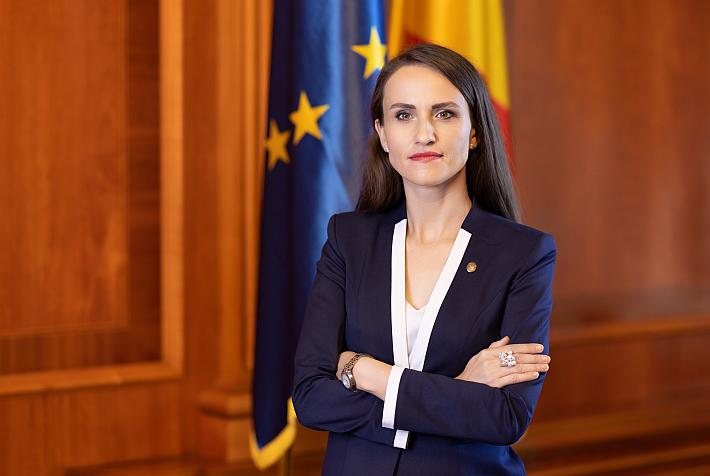Romania Insider Wiki: Painters - Gheorghe Tăttărescu

Gheorghe Tăttărescu (1818 – 1894) was a pioneer of neoclassicism in Romania. Having lived in the 19th century, Tăttărescu started as a church painter and studied at the Painters' school in Buzău, founded by his uncle, Nicolae Teodorescu. Together with his uncle, he painted the Rătești monastery in Buzău. Tăttărescu got a scholarhip at the Academia San Luca din Roma, where he was inspired by the Italian accademia style, making copies of Rafael Sanzio paintings, among others.
Back in Romania, he took part in the 1948 revolution, painting the portraits of revolutionaries Gheorghe Magheru and Ștefan Golescu, as well as that of Nicolae Bălcescu, in three almost identical copies. He continued to paint churches, having painted as many as 50 churches together with his students between 1853 and 1892.
He founded the school of belles artes, together with Theodor Aman. In Bucharest, the house where he lived for about 40 years was turned into a museum, which now houses many of his works (7 Domnița Anastasia St.)












